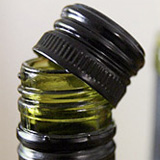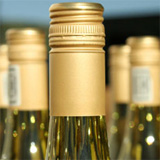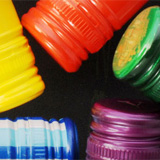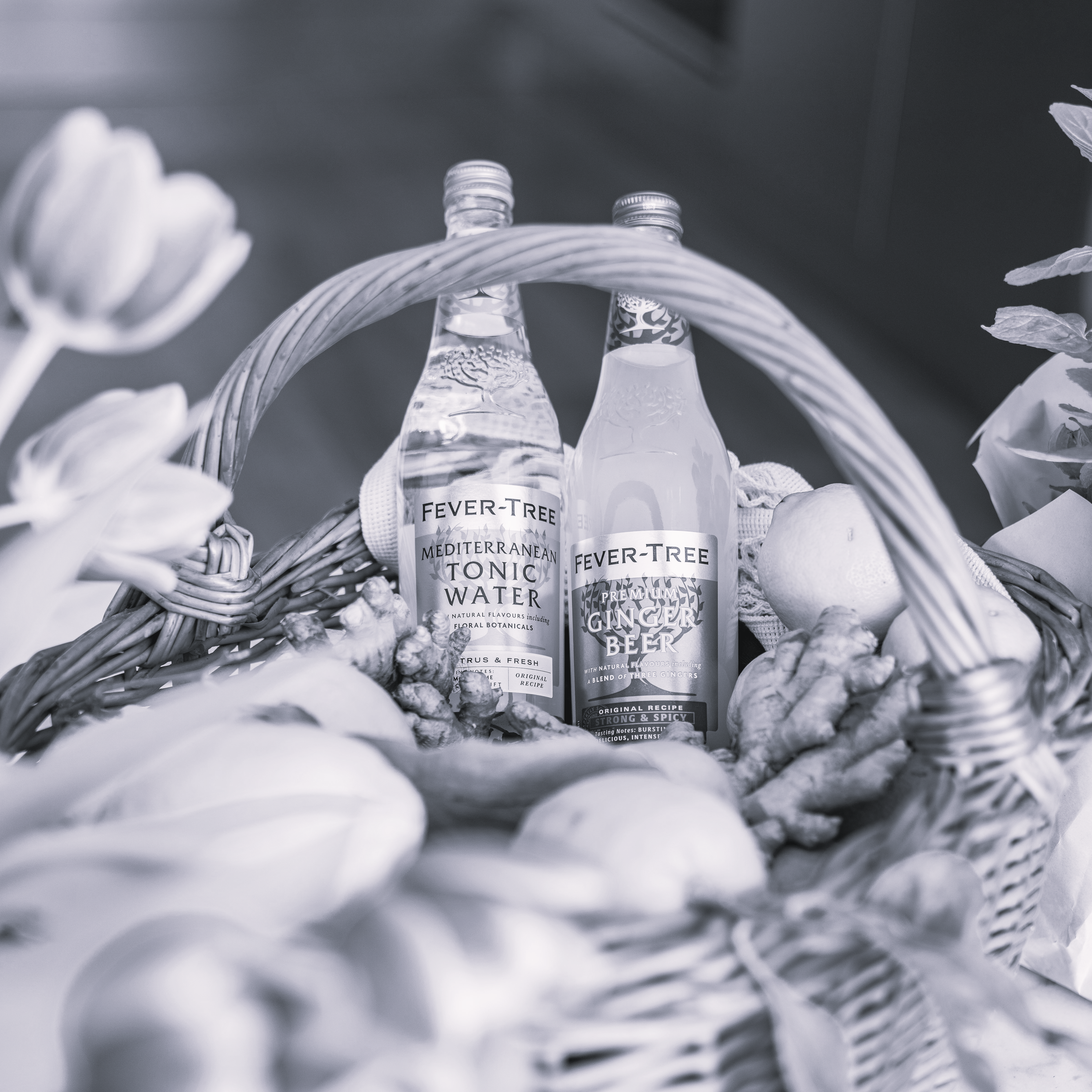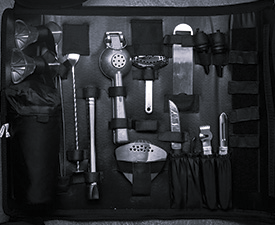The screw-cap movement as we know it today - dates back over 40 years ago when Peter Wall of Yalumba contacted French manufacturer, Le Bouchon Mecanique in a quest to eradicate 'cork taint' in his wines.
Screw-caps have been used on food products since the middle of the 19th century, but it wasn't until 1959 when Le Bouchon Mecanique (Alcan) created a screw-cap that was specially adapted for wine bottles. However, whilst the French lead the way in the manufacturing of screw-caps, their commercial use was limited.
A great deal of research was done throughout the coming years - but it wasn't until 2000 when a pioneering group of winemakers in the Clare Valley decided to adopt this modern seal for their premium wines, that screw-caps gained widespread commercial acceptance, led by Jeffrey Grosset.
This captured the attention of winemakers in New Zealand, particularly Marlborough, where, due to increased cork related problems, research was already underway. In February 2001 during a meeting, sponsored by Marlborough winemakers, the screw-cap seal was identified as the most promising alternative to cork. They delegated the task of investigating the technical viability of screw-cap wine seals to three experienced winemakers. Dave Pearce - (capsules), John Belsham - (bottles), and Dave Knappstein - (application machinery). This was done in liaison with the appropriate industry participants, including suppliers.
It cannot be stressed enough that this decision was made for quality reasons, not economics. In the closing speech of the International Screw-cap Symposium in Blenheim in Nov. 2004, John Belsham confirmed the creation of the International Screw-cap Initiative (ISI) that would incorporate Jeff Grosset as Vice President and Michel Laroche as European representative.
Winemakers who use screw-caps do so because it allows them to bottle their wines in optimum conditions, knowing that the airtight seal will guarantee that their wines arrive on the consumer's table in pristine condition.
